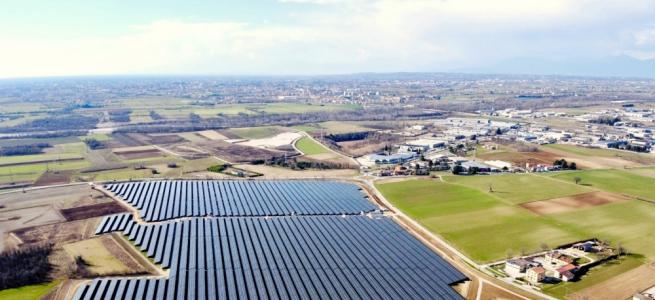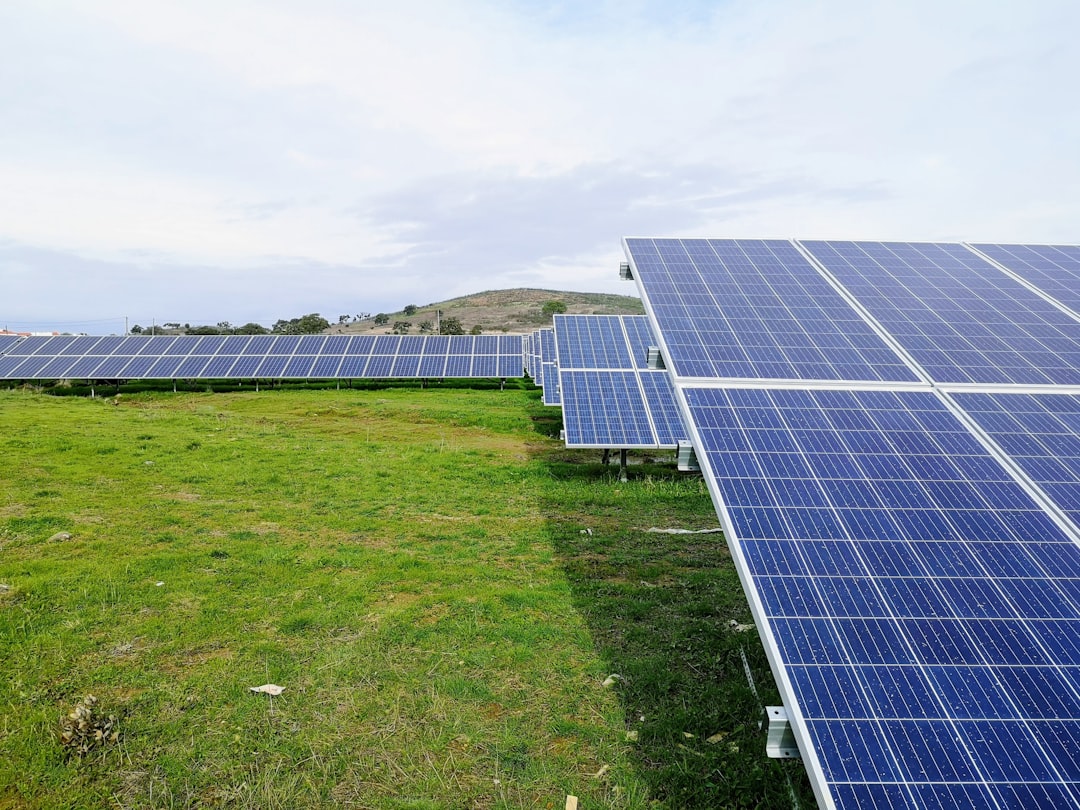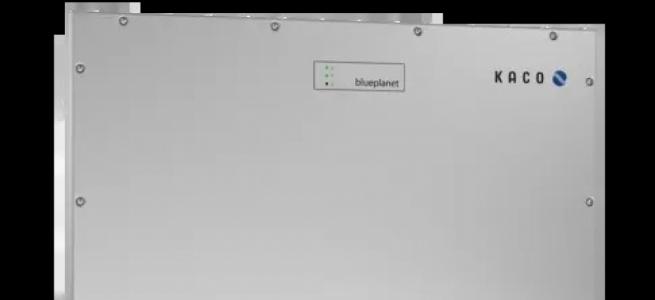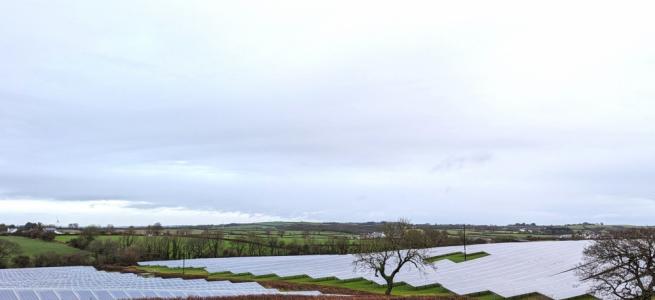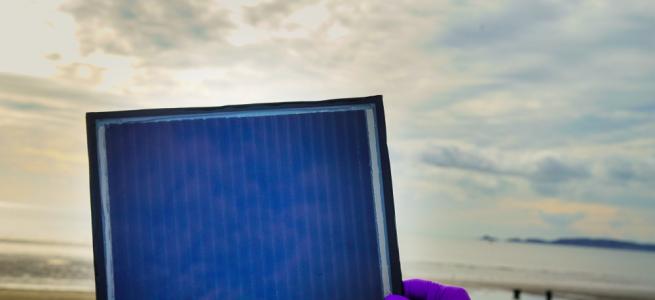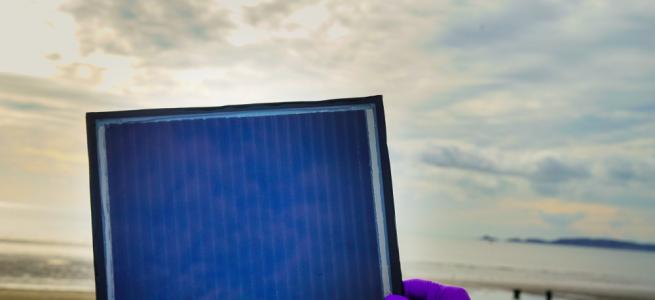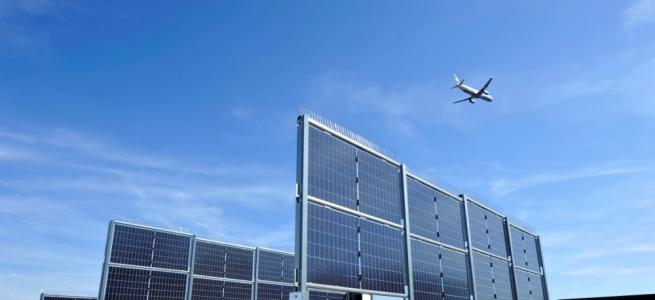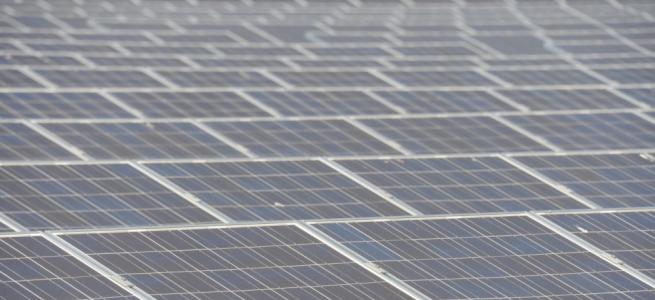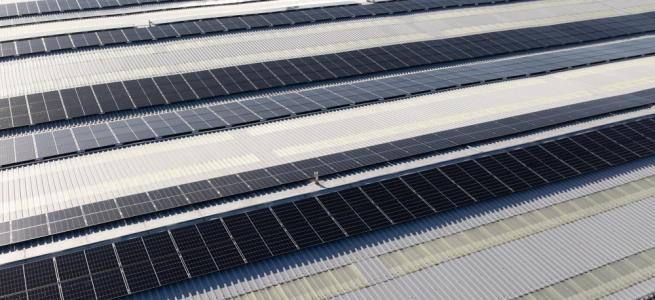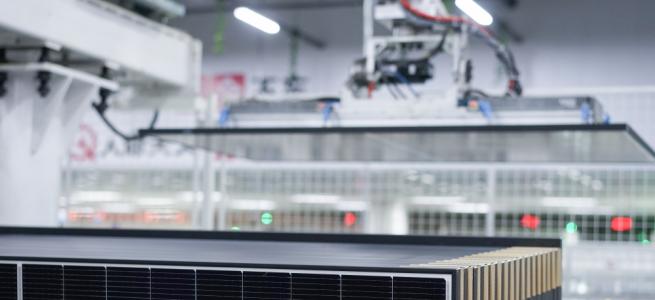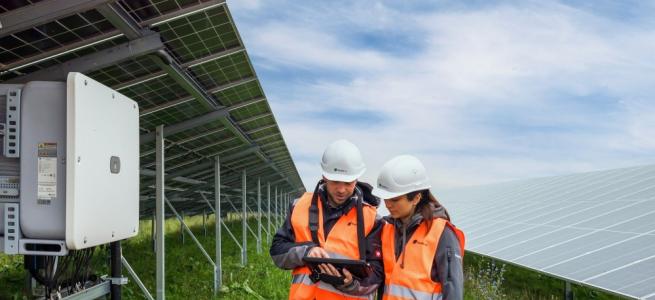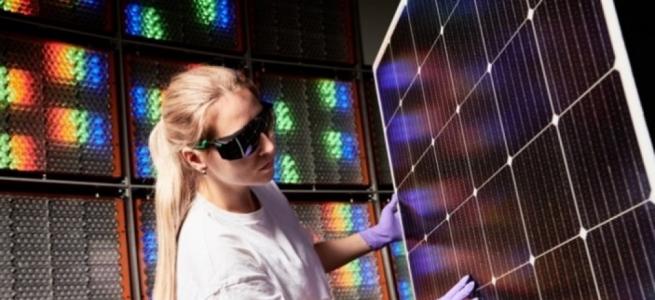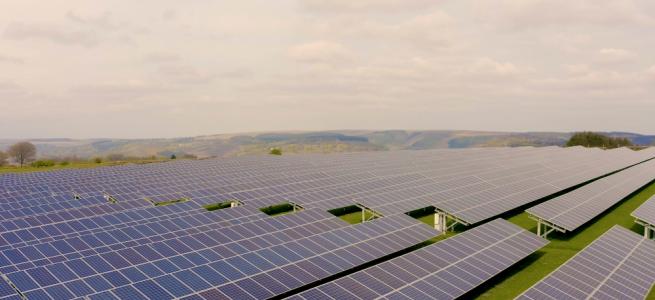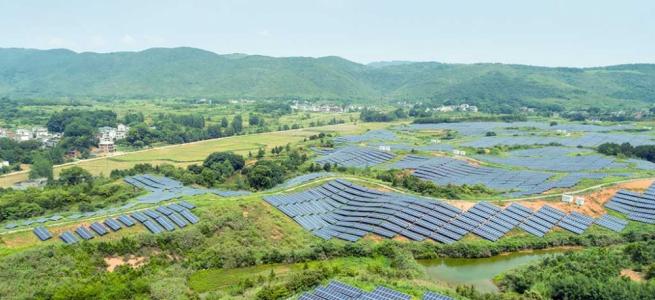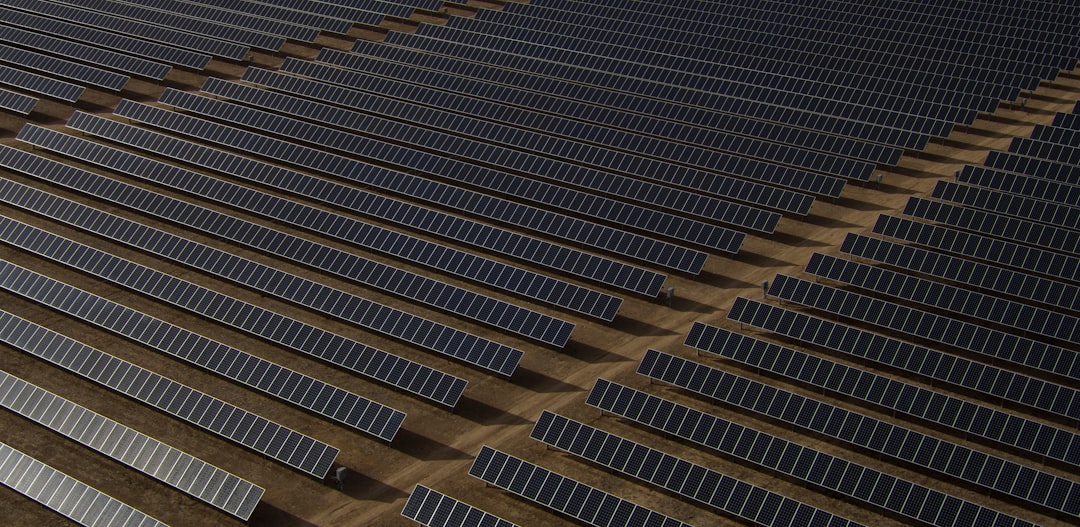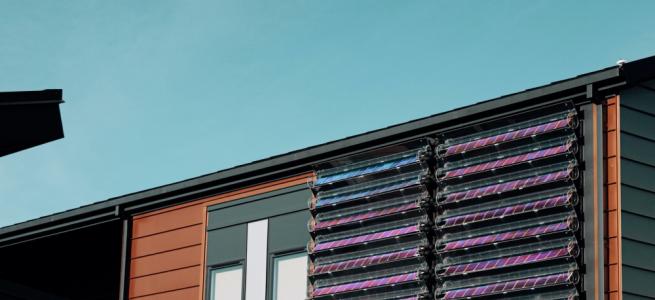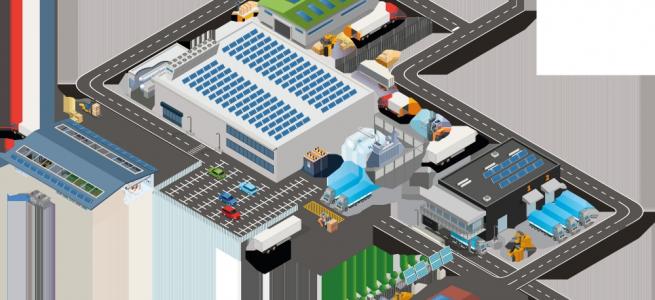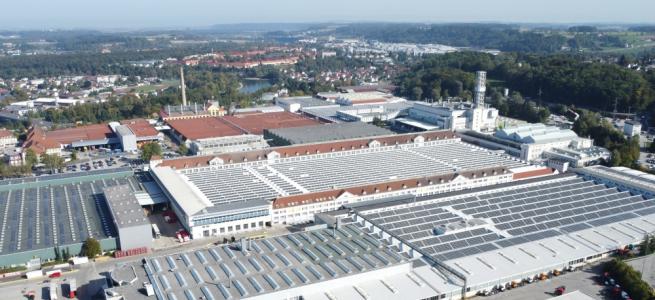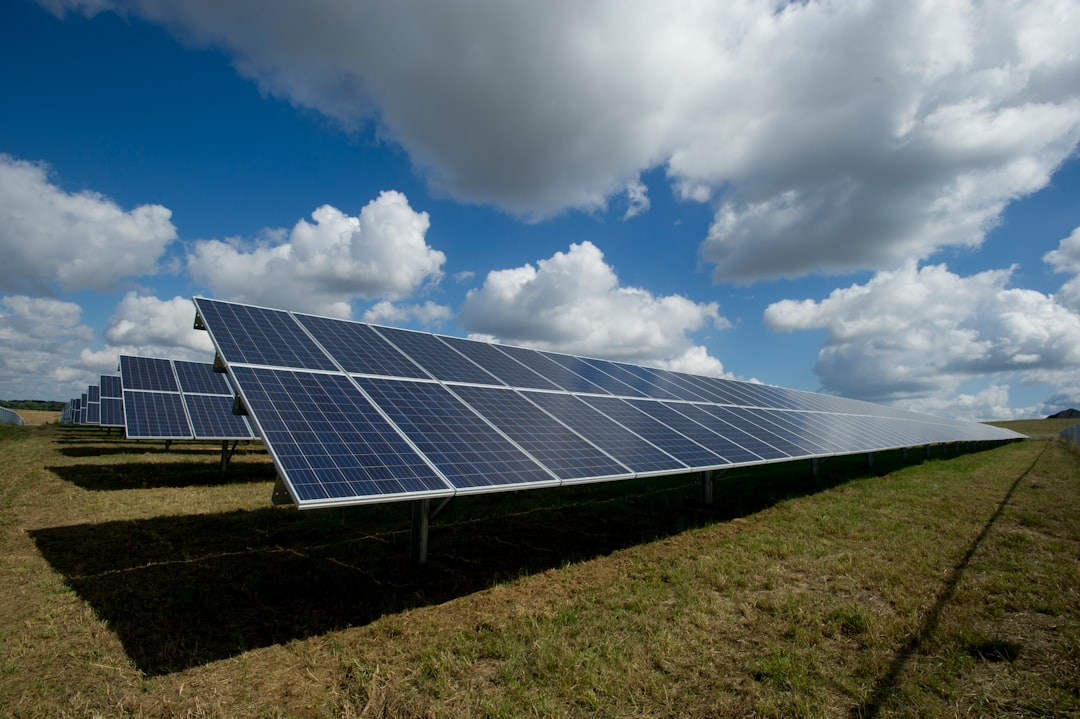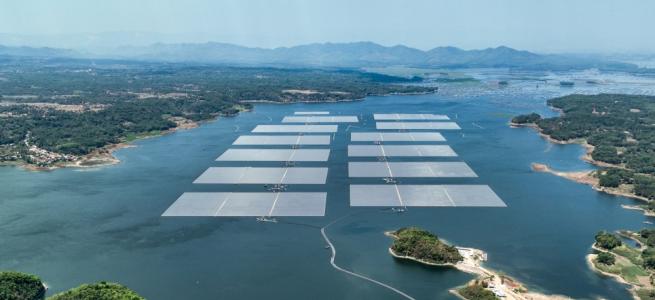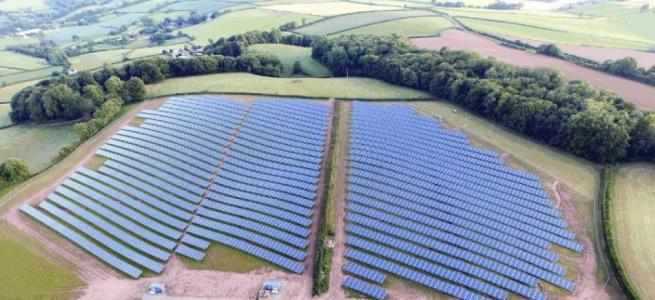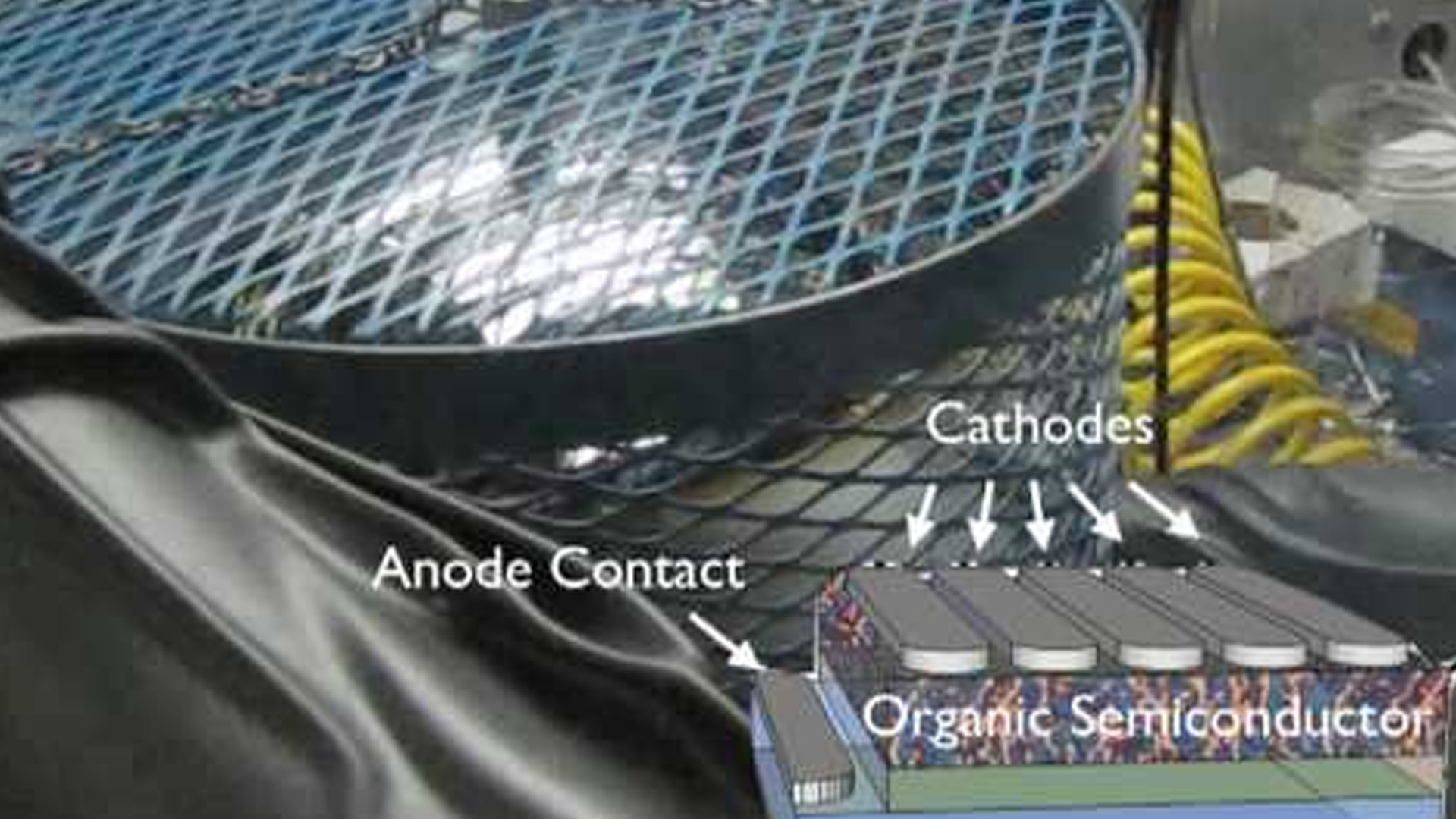New Technologies Are Increasing The Performance Of Solar Cells
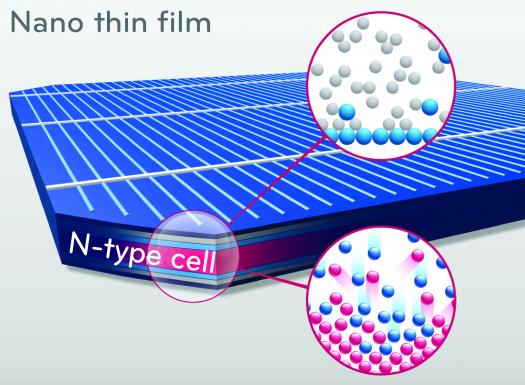
Sven Armbrecht, Area Sales Manager at LG Solar, discusses how new technologies such as N-type silicon wafers are increasing the performance of solar cells and innovations now available will make grid parity a viable prospect.
Solar power has been one of the biggest sources of new electricity generation for the last few years in Europe. Multiple factors have been boosting this development: homeowners and businesses looking for alternatives to ever-increasing energy prices, a trend for more environmentally friendly solutions and significant changes in the political and competitive landscape.
The increasing consolidation and competition in the market, as well as continuous research and investment, has led to more efficient panels and falling prices in the sector. Further fuelled by EU incentive schemes and feed-in tariff systems, migrating to solar energy has become more attractive than ever. With lower prices and higher returns on investment, grid parity for solar energy is now within reach in the next five to ten years. Keeping this in mind, it is no wonder that to date, more than 120,000 homeowners and businesses made use of these benefits and installed solar power panels, according to Solar Energy UK.
Higher performance makes solar viable
Conventional solar cells based on photovoltaic (PV) technology have come a long way over the recent years. In the early years of PV energy, most systems were directly connected to the application or charged a battery that then provided power to the application. These so-called "˜stand alone' systems were not yet connected to the grid.
The connection between solar cells and the grid started in 2000 when various EU governments introduced feed-in tariff schemes. Feed-in tariffs allowed the public to produce and utilise their own energy, to feed any excess energy back into the grid, giving them the chance to use grid electricity to balance peaks in demand.
Since then, the development of the solar industry has been remarkable. The feed-in incentives have fueled demand in the both the corporate and residential sectors. This has resulted in decreasing prices for solar modules and more funding for research and development. With the aim of reaching grid parity sooner rather than later, efficiency and performance are the key objectives for the industry in the next few years.
The residential market is one of the strongest resources for profit in the solar sector. Manufacturers must be able to produce the same amount of, if not more, energy with fewer modules, in order to be a viable alternative to other energy sources. This is especially true for manufacturers in densely populated areas such as London. Thanks to new technologies, like the n-type silicon wafer, this is now possible.
N-type improvements
N-type cells are used as they give better performance or power output than the classic p-type cells. This means that the end customer will be able to use roof space much more efficiently, especially in densely populated areas with limited roof space like London.
![]()
Structure of N-type cell
One of the key reasons for this is that n-type wafer has a better lifetime and minority carrier diffusion rate. These specific characteristics lead to more electric generation within the individual cells.
N-type cells also experience little-to-no light induced degradation or potential induced degradation, which can weaken the performance of the modules over time. The reason for this is that they use phosphorus doped wafers. The conventional p-type wafers are boron doped, meaning they react chemically with oxide and cause light induced degradation.
Another feature of n-type silicon wafers is that they are active from both sides. Each cell can make use of direct sunlight on the front side of the cell and indirect sunlight reflected onto the rear side of the cell, maximising light absorption. This feature makes a significant impact in countries with fewer hours of sunshine and in the morning and evening when the sun's rays are at their weakest.
In addition to bi-facial cells, developments such as double anti-reflective coatings, the use of reflective glass and the reduction of the temperature coefficient have all led to further increases in module efficiency. Lastly, the three AR (antireflective) effect "“ double AR coating on the cells, as well as AR coating on the cover glass "“ enables more photons to penetrate into the cell and produce more electric power.
![]()
Comparison of a conventional solar cell on the right with the NeON N-type cell
High efficient future
The future holds even higher efficiency and independence from the grid. In the future, solar modules developed using n-type silicon wafers will become a staple in the solar photovoltaic industry. The increased longevity of the cells will lead to even greater savings for the user. Also manufacturers will continue to focus on research and development which will enhance module efficiency and lower prices.
Households and businesses are now looking at ways to save money and have greater control, while distancing themselves from fossil fuels. Homeowners have a sense of environmental responsibility while businesses want to reduce the risks associated with a reliance on external energy providers, who are continuing to increase prices every year. The logical next step therefore would be to implement high-efficiency solar modules in smart homes to become more independent from the energy grid.
NeoN versus conventional shows the more rigid coating structure on the device


